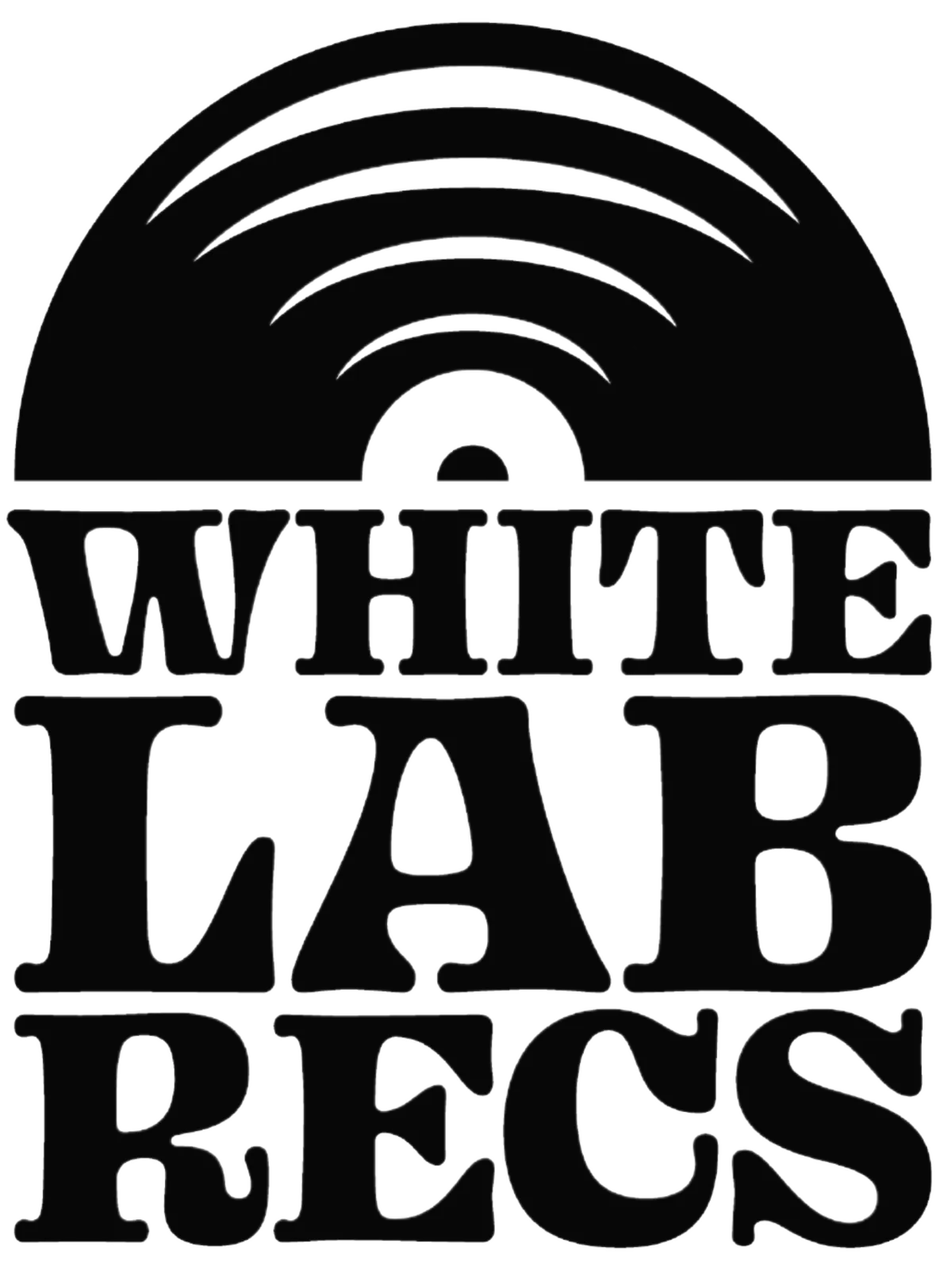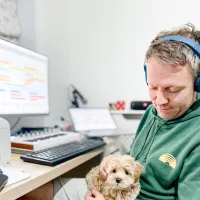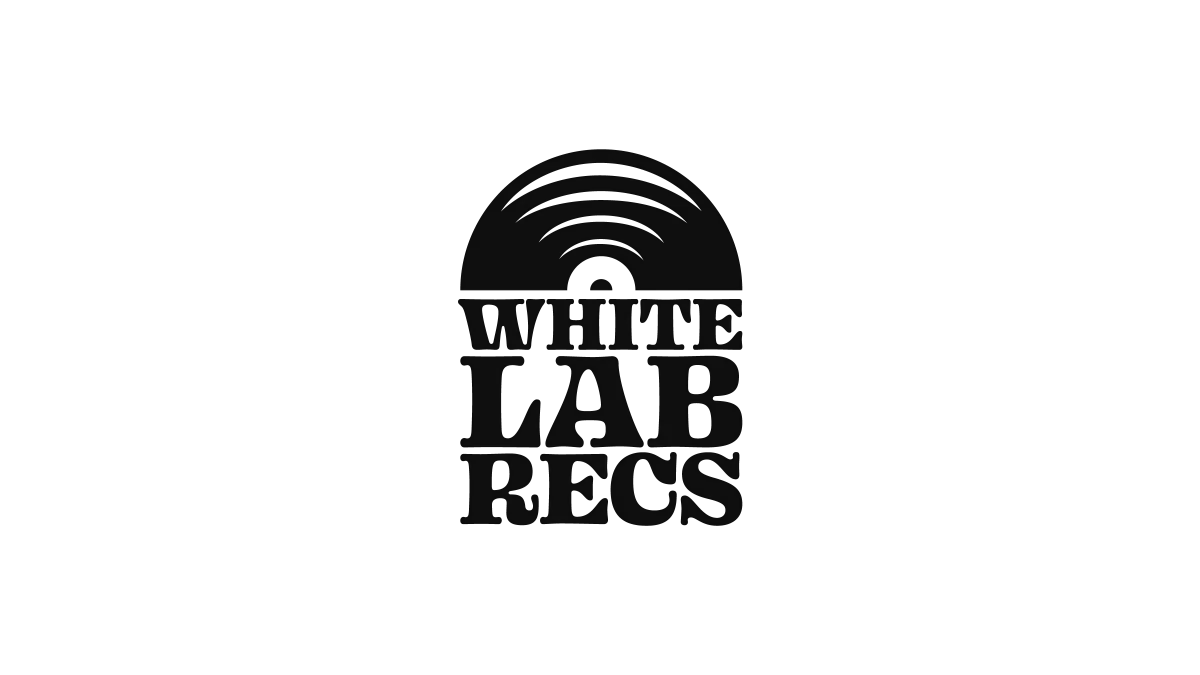Whitelabrecs Blog

Behind The Scenes With: Christian Wittman
For this blog post I invited Christian Wittman initially to talk us through his studio. What followed is a fascinating insight into Christian's artistic practice, decades of experience and discovery, and a beautiful array of generative artworks that align to his influences around cartography, astronomy and cosmology:
How and why talk about my music?

CW: Isn't music enough in itself? Should we talk about ourselves? And expose ourselves to the pitfalls of self-promotion, the ridicule of egocentric blindness?
What's the point of opening the doors of my studio, whether physical or virtual, if not to lay bare a panoply of tools, mostly known to all, that have lost all magical evocative power?
What defines a painter is not brushes, canvases, easels or color palettes, but the eye and the imagination. The same goes for the musician. Forget plugins, VSTs, etc. It's the ear and the imagination that matter. And yet, how can we resist the desire to know and to understand what underlies musical creation? How can we fail to find the words to express and share it?
This exercise in introspection or self-analysis, in which I am both the questioner and the one providing an answer. This leads me to an idea...
Time

CW: Music is about time. Beyond the obvious, I want to say that over the decades of my musical journey, with the Lightwave group and then as a solo artist, every studio session, every concert, every recording, is a segment of life, of my life, of my evolution, and keeps track of my emotions, creative impulses, imaginary horizons and particular mental states.
And over time, my music has also metamorphosed, crossing different technological thresholds, from analog modular equipment to MIDI, then from MIDI to today's virtual studio.
This temporal evolution is also that of the appropriation, or even detour, of these different tools, of the renewal of brushes and palettes of sound colors, but also of a musical apprenticeship in the making, where my ear as well as my instrumental playing are shaped over time, progressing, refining and trying to reach what I feel is essential.
Space

CW: Music is, of course, also about space. In addition to the distribution of instruments in the stereophonic field, today's music uses multiple spatial tools to create depth, movement and three-dimensional and ephemeral geometries: electronic music now has, perhaps more than any other, an immersive, enveloping, vertiginous power, offering the listener unprecedented acoustic spaces, changes of perspective, new positions in space-time and sound-space.
From this point of view, each musical track is at once a landscape and a sculpture, a surface and a volume, as many ways of creating and delimiting possible worlds and opening up their exploration. This idea of "possible world" is central to my music. It comes of course from Brian Eno and Jon Hassell's seminal creations. It is also nourished by the inspiration of historical figures (Percival Lowell, Athanasius Kircher and Tycho Brahe in the Lightwave albums) as well as by my constant reference to cartography, celestial spheres, astronomy and cosmology. Take for example my album for Whitelabrecs, "The Story of the Sun, Moon and Stars":
Slowness

CW: From this constant interplay of space and time emerges what I believe to be a constitutive trait of my music: slowness. I perceive this slowness in a graphic and visual form: as lines and shapes that emerge from indistinctness, becoming clearer, then gradually declining until they are lost again in silence. This linearity can be broken by sound events, melodic or abstract, which are like punctuation marks in long sentences, shifting and refocusing listening, but also enabling us to move from one state of awareness and listening to another, as in certain "mindfulness" meditation practices.
Slowness is essential for me; my music needs to take its time to unfold in a certain duration to provoke immersive listening, to adapt to the mental flow of images, sensations and affects, mine and those of my listeners.
Craftsmanship

CW: Last but not least, an essential feature of my musical work is its artisan dimension. I don't see myself as an academic (sound) engineer or composer, but as a craftsman, a tinkerer, even a poacher, who has acquired a certain know-how over time, and who sculpts and organises sound and silence with different tools, where dexterity, mistakes, intuition, chance, and the unexpected accident play an important role. In the early years of Lightwave, my use of modular or semi-modular synthesisers relied on the balance of chance and intention, and to a large extent on the tactile and sensory dimension of the sliders and knobs that enabled the fine tuning of sounds.
MIDI keyboards and the first computer-based sound editors enabled me to build up rich sound palettes, sometimes pushing the machines towards unsuspected possibilities thanks to the random and profound redistribution of all their parameters.
Today, the move to a virtual studio paradoxically allows me to reconnect with the creative potential of analog and MIDI studios: a DAW is basically like a modular synthesiser console, where you can juxtapose or chain together different modules for processing and transforming the original sound signals, to the point of making them unrecognisable and passing them through improbable feedback steps. The immense diversity of plug-ins available on the market, beyond industry standards, lends itself to extremely advanced customisation, allowing each musician to shape their own sound spaces and aesthetics.
As for virtual instruments, today we're seeing the emergence of highly specialised synthesisers, working with waveforms or granular synthesis, driven by complex algorithms and random engines, and offering unique sound palettes, often highly experimental and again reminiscent of the climates that could be obtained with analog synthesisers coupled with multiple processing tools.
Faced with these highly advanced sound creation tools, which bring to the fingertips of adventurous musicians technologies once reserved for music research centers such as GRM or IRCAM, there are also, of course, the countless banks of sampled sounds, offering an extremely wide palette, from the most generic and conventional to the most experimental and esoteric. Mostly oriented towards "cinematic" music, with a certain standardisation of orchestral sounds, they nevertheless lend themselves to multiple forms of personalisation, including through the detour of their original settings or their hybridisation via different processing modules.
The creative field is therefore extremely open, for multiple uses, mainstream or marginal, conventional or experimental. Beyond the formidable economic aspect, which, for a more or less modest price, allows the vast majority of soundtrack or trailer composers to dispense with the need for a full symphony orchestra or real instrumental soloists, there is also the possibility of experimenting with mixed and hybrid forms of composition, diverting the expected playing of acoustic instruments towards experimental and atmospheric metamorphoses.
Perhaps, deep down, today's electronic musician should take their inspiration from the art of cooking: sounds are the staples, sound treatments are the spices, and one must concoct their own dishes from experience, sensitivity, the inspiration of the moment, and also from chance and unforeseen events that take us off the normative paths, to venture down the most creative directions.
If you like the sound of what you hear and read in this blog post by Christian Wittman, you can follow his work here:
Blog
Bandcamp
In case you missed it 'The Story of the Sun, the Moon and the Stars' is available now as part of our digital only eRecord series in a range of high quality digital formats. You can take a listen and buy a copy in your preferred digital format by clicking HERE! Or you can check out the embedded player below:
join the community...
get a free 12 track compilation album
be the first to hear the label news
get behind the scenes exclusives
a chance to get involved



